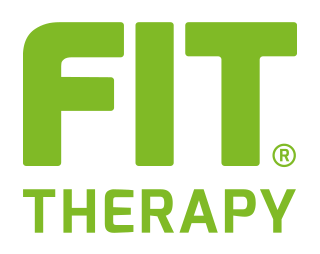- Home
- Fasciitis
Fasciitis

Fasciitis
di FIT Therapy Technology Academy
What is fascitis?
Fasciitis is a medical condition characterised by inflammation of the fascia, which is a thick, tough connective tissue that surrounds muscles, tendons and other tissues in the body. Fascia is found in various parts of the body, but fasciitis is most commonly associated with the sole of the foot, known as plantar fasciitis, or the fascia of the thigh, called fascia lata fasciitis.
Causes of fasciitis
Plantar fasciitis is one of the most common forms of fasciitis and is characterised by pain in the heel, often intense, which may radiate along the arch of the foot. This pain is often worse in the morning or after a period of rest and may improve with activity. Plantar fasciitis is often associated with excessive stress or tension on the plantar fascia, which can be caused by problems such as overuse, obesity, flat feet or wearing inappropriate shoes.
Fascia lata fascitis, on the other hand, affects the fascia along the side of the thigh. It is often associated with pain and discomfort in the outer thigh or hip. This condition can occur in people who participate in sports or activities that involve repetitive leg movements, such as running.
FIT Therapy Technology and treatment protocols.
The treatment of fasciitis, particularly plantar fasciitis (which affects the sole of the foot), involves a number of approaches to relieve pain and promote healing. Here are some of the main treatment methods for plantar fasciitis:
- Rest: Reducing physical activity that worsens pain is important. Avoid standing or walking for long periods, especially on hard surfaces.
- Ice: Applying ice to the painful area can reduce inflammation. Apply ice for 15-20 minutes, several times a day.
- Stretching: Targeted stretching exercises for the plantar fascia and calf muscles can help relieve pain and improve flexibility. Examples of exercises include the classic stretch of the plantar fascia against a wall or the use of an ice water bottle for rolling under the foot.
- Arch supports: The use of customised insoles or arch supports can help distribute the load evenly over the foot and reduce tension on the fascia.
- Suitable shoes: Wearing shoes with good cushioning and arch support can be crucial. Avoid footwear with excessively hard or flat soles.
- Physical therapy: A physiotherapist can develop a specific exercise programme to strengthen the foot and ankle muscles and improve mobility.
- Ultrasound or shockwave therapy: These physical therapies can be used to promote healing.
It is important to consult a medical professional for an accurate diagnosis and a specific treatment plan. Plantar fasciitis can take time to heal, so patience is key during the recovery process. Relapse prevention can include maintaining good posture, wearing appropriate footwear and strengthening the foot and ankle muscles.
Treatment method with FIT Therapy Ankle Patch
The FIT Therapy Ankle Patch can be used to treat painful events related to fasciitis.
It proves to be a valid natural alternative to the use of medication or devices that release heat.
Instructions for proper application (also watch the video tutorial):
- Remove the patch from the base.
- Apply the patch on the ankle, on dry, clean and hairless skin
- Wait about two minutes for better adhesion of the patch to the skin.
- Keep the patch applied for 5 days.
- Continue the therapy until an improvement in symptoms is observed.
The patch retains its function even when wet (e.g., during a shower).










